Two-Vehicle Crash with Injuries in Visalia
Two-Vehicle Crash with Injuries at Linwood and Noble Avenues in Visalia
Overview of the Incident
Visalia, CA – On Friday, October 31, 2025, at approximately 11:29 a.m., a two-vehicle collision occurred at the intersection of Linwood Avenue and Noble Avenue in Visalia. According to initial reports from authorities at the scene, an SUV and a pickup truck collided head-on for reasons still under investigation. Both vehicles sustained significant front-end damage, and at least one individual reported minor injuries. First responders, including paramedics and law enforcement, arrived promptly to render aid and manage traffic in the area. The investigation remains active, and additional details may be released as officials continue to gather evidence.
About the Intersection and Common Risk Factors
Intersections are among the most dangerous places for motorists, cyclists, and pedestrians. The crossing of multiple traffic streams, potential visibility issues, and reliance on driver judgment make intersections frequent sites of serious crashes. Linwood Avenue and Noble Avenue serve as well-traveled corridors in Visalia, and like many busy intersections across California, they can be especially hazardous during late morning and early afternoon hours when traffic volumes increase.
Head-on collisions at intersections, though less common than rear-end or angle impacts, often indicate one or more potential contributing factors, including:
- Failure to yield while turning left across opposing traffic
- Running a red light or stop sign
- Distracted or inattentive driving (including mobile device use)
- Speeding or aggressive maneuvers while attempting to “beat” a light
- Impaired driving due to alcohol, drugs, or certain medications
- Misjudgment of gaps in traffic or improper lane use
The presence of turning lanes, multiple signal phases, and complex traffic patterns can add to driver confusion. Weather and road conditions, sun glare during late morning hours, and obstructed sightlines may also play roles.
Injuries and Immediate Medical Considerations
Even when injuries are initially described as “minor,” medical evaluation is important. Soft-tissue injuries, concussions, and internal strains may not present severe symptoms right away. Individuals involved in a collision should consider:
- Seeking prompt medical attention to document symptoms and rule out more serious conditions
- Following up with primary care or a specialist if pain, dizziness, or mobility issues arise in the days after the crash
- Keeping copies of medical records, visit summaries, imaging reports, and receipts, which can be essential for an insurance claim or legal case
What to Do After an Intersection Collision
If you are involved in a crash like the one reported at Linwood and Noble:
1. Prioritize safety. Move to a safe location if possible and turn on hazard lights.
2. Call 911. Request medical assistance if anyone is hurt. Ask for law enforcement to document the incident.
3. Exchange information. Collect names, contact information, driver’s license numbers, license plates, and insurance details from all drivers involved.
4. Document the scene. Take photos or videos of vehicle positions, damage, skid marks, traffic signals, debris, and any visible injuries. Note the time, weather, and road conditions.
5. Identify witnesses. Obtain names and phone numbers of anyone who saw the crash.
6. Avoid admissions. Do not speculate about fault or make statements that could be misinterpreted by insurers.
7. Notify your insurer. Promptly report the collision, but consider consulting with an attorney before providing a recorded statement.
8. Seek medical care. Even if you feel fine, a precautionary evaluation can protect your health and your claim.
How Fault Is Determined in Intersection Crashes
Determining fault often requires careful evaluation of multiple sources:
- Police reports: Officers document observations, statements, and citations, which are influential though not final determinations of civil liability.
- Witness statements: Third-party accounts can clarify traffic-signal phases, vehicle movements, and driver behaviors.
- Physical evidence: Vehicle damage patterns, crash debris, and skid or yaw marks help reconstruct the sequence of events.
- Traffic cameras and dashcams: Video evidence can be decisive in confirming light phases and lane positions.
- Event data recorders: Some vehicles capture speed, braking, and steering inputs shortly before impact.
- Cell phone records: These may become relevant if distracted driving is suspected.
Potential Compensation After a Collision
If another party’s negligence contributed to the collision, injured individuals may be entitled to pursue compensation for:
- Medical expenses (past and future), including emergency care, imaging, physical therapy, and specialist visits
- Lost income and diminished earning capacity if injuries affect the ability to work
- Property damage, including repairs or fair market value for totaled vehicles and personal items
- Pain and suffering, emotional distress, and reduced quality of life
- Out-of-pocket expenses related to transportation, home modifications, or medical devices
- In certain cases, punitive damages, when conduct is particularly reckless or egregious
Our thoughts are with those injured in this two-vehicle collision as they begin the road to recovery. Crashes like this highlight the importance of staying alert and practicing caution behind the wheel at all times. At Avian Law Group, we are dedicated to standing by accident victims and their families, ensuring they receive the care, support, and justice they deserve.
If you or someone you love has been hurt in a car accident, our knowledgeable attorneys are here to help. Contact Avian Law Group today for a free consultation to discuss your legal options.
Table of Contents
Get a FREE case evaluation today.






























































































































































































.avif)
